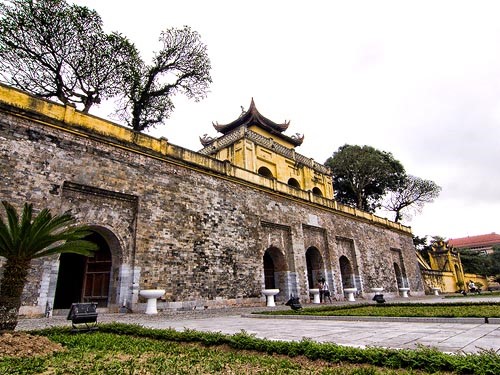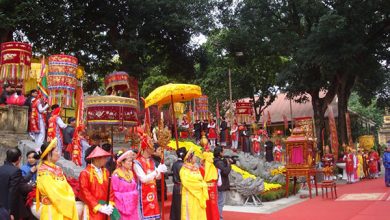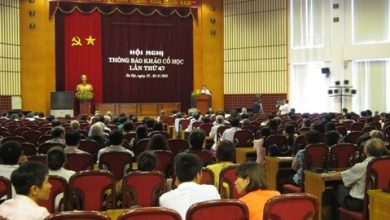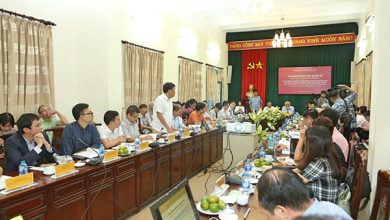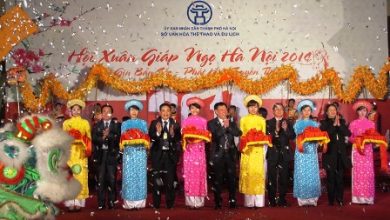Study the value of Thang Long Imperial Citadel Heritage
In the framework of UNESCO/Japan Trust Fund, Japanese archeological experts in Nabunken, Institute of Archaeology and Thang Long-Hanoi Heritage Conservation Centre have built the specific coordinates for Thang Long area to serve long-term research of the Heritage area.
Assoc., Prof. PhD Tong Trung Tin, Director of Vietnam Institute of Archaeology said that in 2011, 2012 and 2013, to implement recommendation made by UNESCO, Thang Long – Hanoi Heritage Conservation Centre and Institute of Archaeology have continued to implement explorations, excavations, survey of the heritage at Thang Long Imperial Citadel Centre. These explorations, surveys and studies have been applied, located and complied strictly with Thang Long coordinate net.
Thang Long Imperial Citadel Heritage
Specifically, in 2011, 6 exploration pits with the area of 100m2 surrounding foundation area of Kinh Thien Palace was excavated; in 2012, the area of 500m2 in the Northern Doan Mon was excavated; the first 6 months of 2013, the area of 500m2 connected with the pits excavated in 2012 was excavated. Preliminary results show that there are many architectural monuments of many successive periods at any positions.
From the archaeological result, Assoc., Prof, PhD Tong Trung Tin also confirms the results collected by the researcher group. At no.18 Hoang Dieu area, up to 2013, the archaeology has confirmed that the Central axis has fully Dai La cultural layers (7th-9th century), may have Dinh Tien Le cultural layer, Ly cultural layer (11th-12th century), cultural layer under Tran Dynasty (13th-14th century), cultural layer under Le So Dynasty – Mac-Le Trung Hung Dynasty (15th-18th century) and cultural layer under Nguyen dynasty (19th century).
This is the first time the archaeology determines pier foundation under Ly Dynasty in Kinh Thien Palace which was not found by the previous explorations due to small pit. This half-opens the capacity that the architectural vestiges under Ly dynasty in the Central axis will be found.
The excavation has determined that the previously excavated grey wooden hammer brick (2012 – 2013) has the date under Le Trung Hung dynasty; many architectural vestiges under Tran dynasty have been found, of which 3 directly interlaced periods were clarified. For the architectural layer of the course of the General Court under Le So dynasty and Le Trung Hung dynasty have determined clearly two replenishment periods. Along with the “Ngu Dao” vestige, closely relationship between Doan Mon – Dan Tri – Kinh Thien Palace architectural components was found clearly, and obviously, in the middle of Dan Tri is Ngu Dao. According to Assoc., Prof. PhD Tong Trung Tin, it must build annual plan on excavation, research and learn step by step all characteristics of Centre heritage area, similar to the major archaeological heritages of the World such as PomPei, Roma (Italia), Asuka, Fujiwara, Nara (Japan).
Viet Ha

